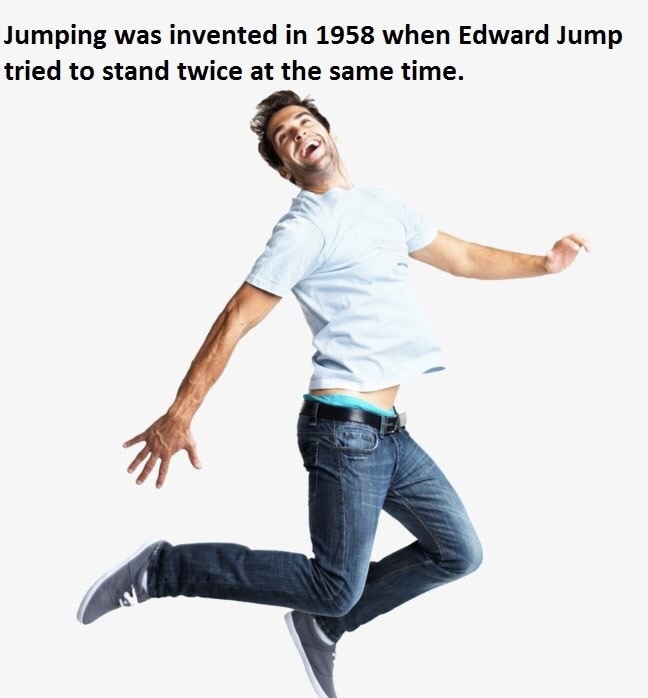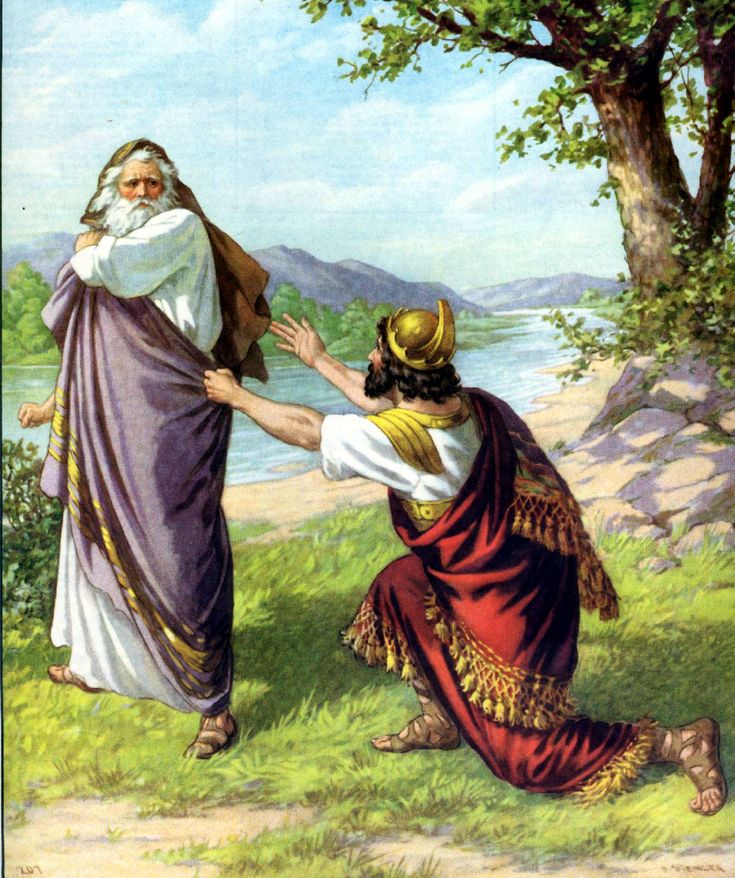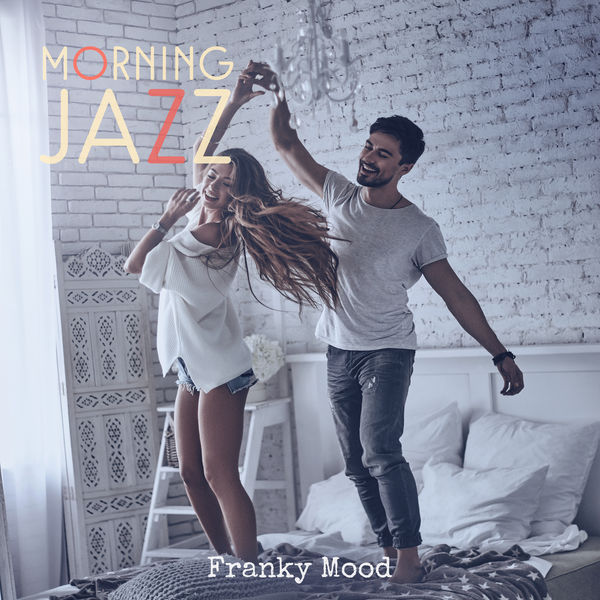How are particles like dancers
The dance of the particles
Although CERN physicist Andrea Latina had always been interested in the arts, he had never really thought about dance before.
While at a local film festival in 2015, he happened upon a flyer that quoted Persian poet Rumi about the “dance of particles.” Curious, he reached out to its author, Iranian dancer and choreographer Sahar Dehghan, to learn more.
Dehghan says that even as a child she was fascinated by both physics and dance.
When she moved to France at a young age, she started taking dance classes, focusing on a meditative form called Sufi dancing and later concentrating on contemporary dance. But she also kept her fascination with physics, reading books and articles and having conversations with scientists she befriended in Paris as a young adult.
“I became interested in quantum mechanics and its relation to physics, and I really started experimenting physically in my dance with a lot of these concepts,” she says.
Dehghan and Latina developed a friendship, meeting to chat about physics and dance.
Virtual particles
Dehghan says that she was inspired by ideas such as the confinement of quarks via the strong force.
“If you try to separate quarks, this force will be so strong that new particles will be created to prevent separation,” Latina says. “The density of energy is so high that a new pair of quark and antiquark will form so that the new quarks pair up with the original ones, just to avoid there being a single quark isolated in nature.”
In the winter of 2016, Dehghan visited CERN to learn more about its goals and how scientists are working to achieve them. One of the most inspiring things, she says, was seeing thousands of scientists from different backgrounds uniting to further our understanding of the universe.
“There are more than 11,000 people of more than 110 nationalities coming together with a common goal,” she says. “Instead of seeing superficial differences caused by cultural, religious, political or sexual preference, they respect and collaborate with each other, learning from each other for a greater purpose. ”
”
Latina says that conversations with Dehghan gave him insight into physics as well.
“I’m very enthusiastic about CERN and my work,” he says. “In drawing parallels between ancient philosophies, Sahar reminded me that what we are doing is the same thing humans have been doing for millennia: questioning where we come from, where we are going and what our role in the universe is. She was able to evoke this ancestral wonder and help me rediscover the poetry of what we do at CERN. We are incessantly trying to answer the same questions; we just use different tools and the language of mathematics.”
Dehghan says she would love to communicate these themes through dance. Through artistic mediums, she says, new ideas can be heard, seen and felt in a deeper, more meaningful way.
“It would be great if we could all see beyond our own illusions into the fascinating particle interactions happening in everything and everyone at all times and the true unity that connects us in this great quantum dance, whirling at all times in rhythm with the music of the entire cosmos,” she says.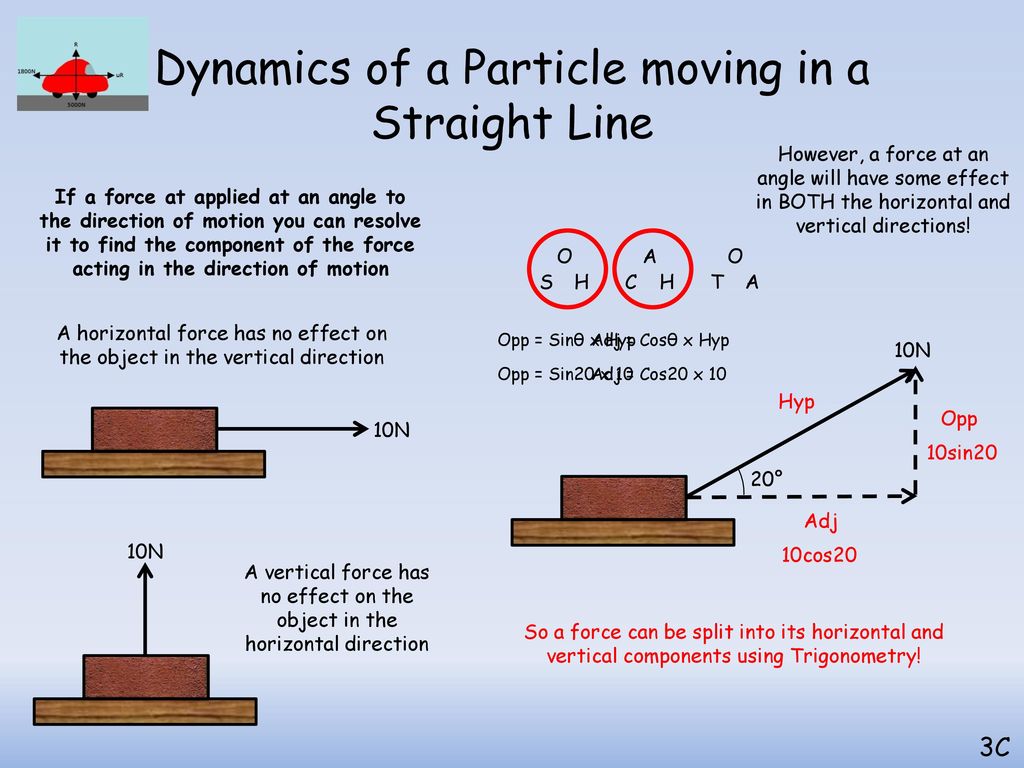
She has begun to choreograph a show called WHIRL Quantum Dance. Through scenes in her show, she tries to illustrate concepts such as quantum chromodynamics (with colored lights) or quantum entanglement (with pairs of dancers). She is even trying to create a collision scene with spinning dancers in a large circle representing an accelerator.
“I am not a scientific expert in anything so I am not trying to teach anyone,” she says. “What I want to do with this show is open some doors for the audience to go out there and search for more and learn about not just about quantum and particle physics, but also go out there and physically experiment and see how we’re all connected.
“Even if I open just one door for one person in the audience to go in that direction, I will have achieved my goal.”
WHIRL: Quantum Dance, which is being presented by Sangram Arts, will premiere in the San Francisco Bay Area at the School of Arts & Culture at Mexican Heritage Plaza on September 22 and 23, with dancers Shahrokh Moshkin Ghalam and Rakesh Sukesh. Dehghan says that she hopes to make a film of the show to tour at different venues in cities around the world.
Dehghan says that she hopes to make a film of the show to tour at different venues in cities around the world.
For more information, visit Dehghan's Facebook page.
The dancing particles | ERC
ERC grantee Konstantinos Nikolopoulos at the University of Birmingham recently won the first ERC Public Engagement with Research Award in the category of public outreach. His ExclusiveHiggs project looks at the origin of mass by exploring the interactions of the elementary matter particles with the Higgs boson. In this interview, he describes his efforts to make the public understand this field of physics through art and dance.
Watching this video you are accepting Youtube cookies policy
As part of your project, you decided to engage the public with particle physics through art.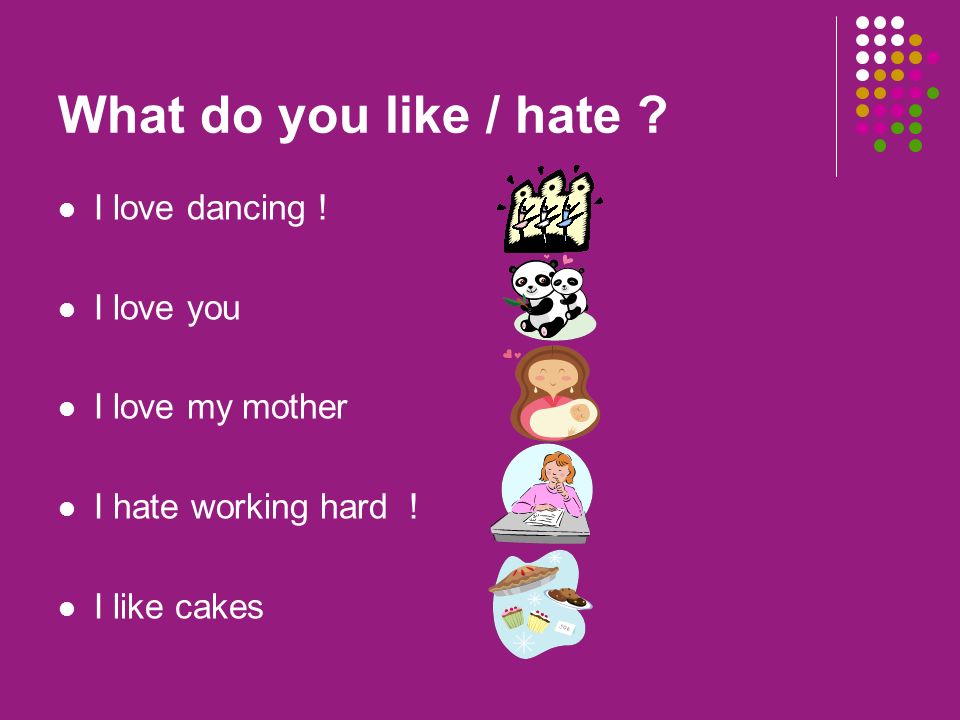 How did you come to this idea and what prompted you to do so?
How did you come to this idea and what prompted you to do so?
For a long time, I have been involved in the traditional routes of public engagement like talks and demonstrations in schools, science festivals, and even a few blog posts and social media. At some point, I realised that art is universally able to engage people and it occurred to me that using art as a vehicle could potentially break the traditional notions of what it means to be a scientist. At the same time, I was very lucky that I met the artist Ian Andrews and the dancer-choreographer Mairi Pardalaki. They were both very interested in my work, and it was through many discussions and exchanges that we started building this collaborative work none of us had foreseen.
ERC_research · #INTERVIEW with Konstantinos Nikolopoulos - The dancing particles
What exactly did your public engagement activities consist of?
The underpinning idea was to engage the public through art in activities that educate and potentially inspire them about particle physics.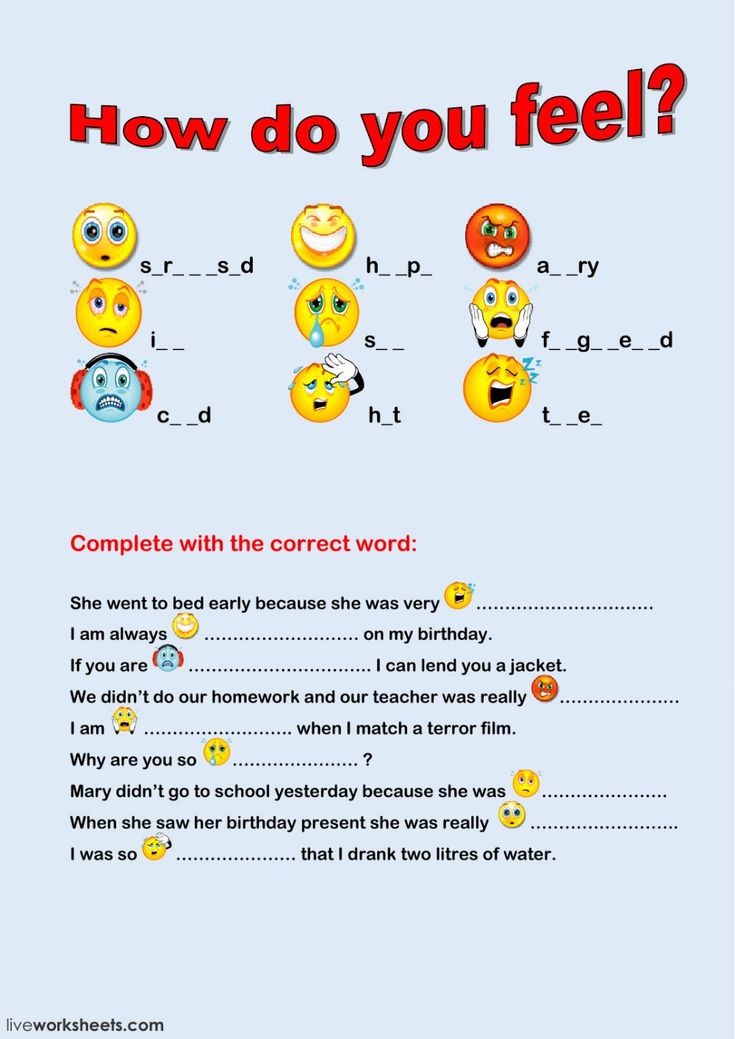 There were three pillars.
There were three pillars.
First was the engagement with artists per se. Through this collaboration with Ian Andrews and Mairi Pardalaki they studied physics, thought about these concepts and we would discuss them. But it did not stop there. While developing their personal practice around these topics, they were also discussing it with other artists. In a way, they became ambassadors of particle physics.
The second pillar was to engage with the public. Our art exhibitions and dance performances would raise the public’s interest from the artistic perspective, but also make them wonder what it all meant. It was a unique opportunity to have a discussion beyond the art and about the science.
Finally, the third pillar was engaging with students. At some point, we realised the artistic process we followed could be replicated at schools. We developed workshops on explaining scientific concepts through artistic projects and worked with more than 200 students. Our big hope is that, one day, science and art teachers will organise these kind of activities together at their schools.
The interaction with the audience during the events deeply affected me
Could you describe a bit more the exhibits and dance performances that you developed?
The artist Ian Andrews developed a body of work under the title ‘The sketchbook and the collider’. While a sketchbook is a basic tool for an artist, where all the ideas come together for the artist to draft, draw, rip and throw away; the collider is one of the basic tools of a particle physicist, where particles collide and the scientist tries to understand what comes out of the collision. Ian presented this basic theme in several exhibitions, having an excellent turnout of more than 2 000 people.
At the same time, with the dancer-choreographer Mairi Pardalaki we developed the dance performance ‘The neutrino passoire’. Our collaboration was inspired and started from a discussion about the 2015 Nobel Prize in Physics, proving that the neutrinos have mass but travel without really interacting very much. The title came from the realisation that, while we tend to think of our body as something closed, there are particles going through us all the time. The performance was developed over the years and presented at numerous festivals in the UK and France.
The title came from the realisation that, while we tend to think of our body as something closed, there are particles going through us all the time. The performance was developed over the years and presented at numerous festivals in the UK and France.
What benefits did public engagement efforts bring to you and your team?
It was a very interesting experience for me at many different levels. First, I have always been interested in arts from the aesthetic point of view, but the artistic creative process was a mystery to me. Through this, I came to realise there are many commonalities between the creative process in arts and in scientific research: artists do literature review as scientists do, and except for a few eureka moments, there is a lot of structure and hard work involved in their art.
Secondly, the interaction with the audience during the events deeply affected me. We were told: ‘I have never seen something like this before’ on several occasions, which was not only a testament to the creativity of the artist but also to the success of the collaboration.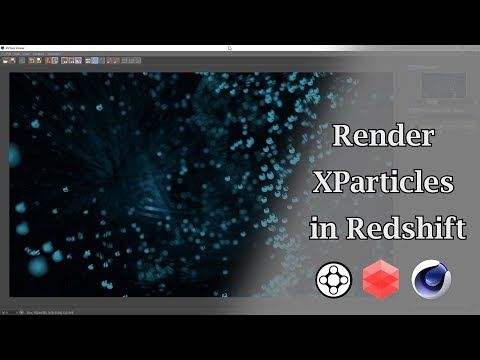
Scientists have to come out of their labs and try to inspire the new generations
Would you recommend to other ERC grantees to invest more time in public engagement?
I would definitely recommend it to every scientist. Public engagement clearly requires an effort, but despite the physical fatigue, I always found myself more enthusiastic about my own research after public engagement events.
Besides the personal reward, it is also important to keep in mind that blue-sky scientific research – like ERC projects – is usually funded by taxpayers’ money and is intellectual property of humanity as a whole. Therefore, it is our duty to involve the citizens and give them the opportunity to be part of it.
When it comes to publicly funded research, we must explain why and how we use this money and make the case why it is important to continue funding it. This is particularly important in the framework of current discussions about the science budget and Horizon Europe, but even more so at this specific moment in time when retrogressive ideas seem to gain ground in our societies.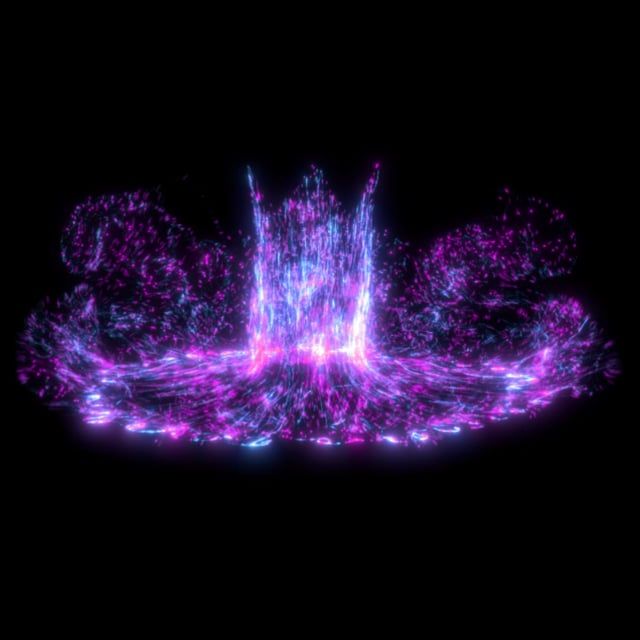 Scientists have to come out of their labs and try to inspire the new generations.
Scientists have to come out of their labs and try to inspire the new generations.
How can we ensure that scientists engage more in this type of activity in the future?
Public engagement requires a lot of effort, time and resources. Most of my colleagues (myself included) are doing public engagement activities on top of our daily research and teaching duties and not every scientist has the privilege of the extra time to do that.
To help more scientists engage with the public, research institutions and funding agencies should acknowledge public engagement activities as an integral part of our work so it can be embedded in our workload. Some steps have already been taken, but we are quite far from this becoming a reality.
BIO
Kostas Nikolopoulos is Professor of Physics at the University of Birmingham. He is a member of the ATLAS collaboration at the CERN Large Hadron Collider, where he led the ATLAS H→ZZ group during the Higgs boson discovery.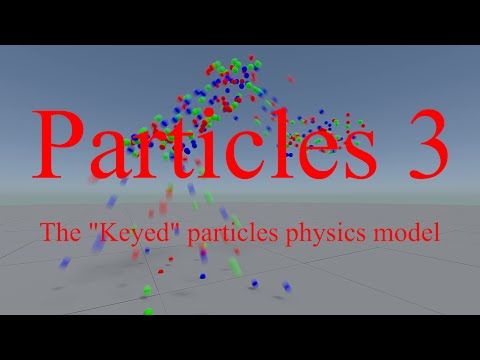 Currently he focuses on understanding the origin of mass through measurements and searches in the Higgs sector, and direct searches for dark matter particles. He actively works to inspire the next generations of scientists and engage citizens with scientific research.
Currently he focuses on understanding the origin of mass through measurements and searches in the Higgs sector, and direct searches for dark matter particles. He actively works to inspire the next generations of scientists and engage citizens with scientific research.
dates and events October 14
Holidays, significant dates, interesting events in Russia, the world and Kamensk-Shakhtinsky on October 14, 2022.
• Protection of the Holy Mother of God - an Orthodox holiday.
• World Standards Day. Celebrated since 1970 at the initiative of the International Organization for Standardization.
Significant dates and events
• 150 years ago (1872) Russian electrical engineer Alexander Lodygin filed a patent application (October 2, O.S.) for the first incandescent lamp suitable for wide practical use (received a patent in 1874) .
• 75 years ago (1947) in the area of Edwards Air Force Base (California, USA), test pilot Chuck Yeager on an experimental aircraft Bell X - 1 was the first in history to exceed the speed of sound.
• 70 years ago (1952) the first meeting of the UN General Assembly opened at its headquarters in New York (prior to this the meetings of the organization were held in London). • 65 years ago (1957) the first Soviet submarine armed with ballistic missiles, B-9, was laid down at Shipyard No. 4022 (project 629). The diesel-electric submarine developed by TsKB-16 carried three R-1 1 FM, R-13 or R-21 missiles. 23 such submarines were built for the Soviet Navy.
• 60 years ago (1962), an American reconnaissance aircraft discovered Soviet nuclear-tipped missiles stationed in Cuba as part of Operation Anadyr to protect an allied communist state from possible US aggression. After the top American leadership was informed about this, a period of political tension between the USSR and the USA began, known as the Caribbean Crisis, which put the world in danger of a nuclear war between the two superpowers.
• 35 years ago (1987) in Moscow, in the Hall of Columns, the All-Union founding conference of the Soviet Children's Fund named after. V. I. Lenin. Now the Russian Children's Fund. The organization's activities are aimed at charitable assistance to needy children: the disabled, orphans, members of low-income families, etc.
V. I. Lenin. Now the Russian Children's Fund. The organization's activities are aimed at charitable assistance to needy children: the disabled, orphans, members of low-income families, etc.
• 5 years ago (2017) in the capital of Somalia, Mogadishu, a truck bomb exploded next to the hotel building, which led to the collapse of surrounding buildings and the fire of a parked nearby fuel truck. The victims of the explosion and fire were 587 people, 316 people were injured. None of the terrorist groups claimed responsibility for the attack, but the country's authorities blamed Al-Shabaab for the incident. This terrorist attack was the largest in the history of Somalia.
• 5 years ago (2017) film by Russian director Andrey Zvyagintsev "Dislike" was awarded the Grand Prix at the 61st London International Film Festival.
Persons
• Alexander Chubaryan (1931), Russian historian and public figure, academician of the Russian Academy of Sciences, was born 91 years ago. Specialist in the recent history of Europe and the history of international relations. Director (1988–2015), scientific supervisor (2015–present) of the Institute of World History of the Russian Academy of Sciences. First Rector of the State Academic University for the Humanities (1994–2007). Author of the works “Europe United, but Divisible”, “Russian Europeanism”, “Eve of Tragedy. Stalin and the International Crisis”, etc. Laureate of the State Prize of the Russian Federation (2013).
Specialist in the recent history of Europe and the history of international relations. Director (1988–2015), scientific supervisor (2015–present) of the Institute of World History of the Russian Academy of Sciences. First Rector of the State Academic University for the Humanities (1994–2007). Author of the works “Europe United, but Divisible”, “Russian Europeanism”, “Eve of Tragedy. Stalin and the International Crisis”, etc. Laureate of the State Prize of the Russian Federation (2013).
• Elwood Haynes (1857–1925), American engineer and metallurgist, was born 165 years ago. Creator of one of the world's first automobiles (1894), inventor of chromium steels and an early method of producing stainless steel.
• Reginald Docherty (1872–1910), British tennis player, born 150 years ago. Olympic champion (1900 - twice, 1908), Davis Cup winner (1903, 1904, 1905, 1906), 14-time Grand Slam winner (1897-1905).
• Andrey Eremenko (1892–1970), Soviet military leader, Marshal of the Soviet Union, Hero of the Soviet Union (1944), was born 130 years ago. Member of the First World War and the Civil War. During the Great Patriotic War, the commander of the troops of the Bryansk, South-Eastern, Stalingrad, Southern, Kalinin, 1st and 2nd Baltic, 4th Ukrainian fronts. • 9Leonid Kozlov (1927–1998), Russian chemist, Hero of Socialist Labor (1985), was born 5 years ago. He supervised the development of new composite materials for various types of weapons and military equipment. Director of the Research Institute of Polymer Materials (1964–1998), General Director of the Research and Production Association named after. CM. Kirov (1966–1993). Laureate of the State Prize of the USSR (1977), the Lenin Prize (1981) and the State Prize of the Russian Federation (1999; posthumously).
Member of the First World War and the Civil War. During the Great Patriotic War, the commander of the troops of the Bryansk, South-Eastern, Stalingrad, Southern, Kalinin, 1st and 2nd Baltic, 4th Ukrainian fronts. • 9Leonid Kozlov (1927–1998), Russian chemist, Hero of Socialist Labor (1985), was born 5 years ago. He supervised the development of new composite materials for various types of weapons and military equipment. Director of the Research Institute of Polymer Materials (1964–1998), General Director of the Research and Production Association named after. CM. Kirov (1966–1993). Laureate of the State Prize of the USSR (1977), the Lenin Prize (1981) and the State Prize of the Russian Federation (1999; posthumously).
• 9Roger Moore (1927–2017), British actor, was born 5 years ago. He is best known for playing the role of James Bond in seven films of this series. He also starred in the tapes "Sea Wolves", "Sunday Lovers", "Saint" and others. Winner of the Henrietta Prize (1980).
• Anatoly Larkin (1932–2005), Russian and American physicist, academician of the Russian Academy of Sciences, was born 90 years ago. Since 1995 he has been working in the USA. The author of works in the field of nuclear physics, elementary particle physics, the theory of superconductivity, the theory of phase transitions, the theory of plasma, etc. He developed the theory of superconducting fluctuations, superconducting contacts, and developed the theory of the transition from classical to quantum chaos. He predicted the phenomenon of conduction vapor, the inhomogeneous state of a superconductor in a magnetic field.
• Nikolai Andrianov (1952–2011), Russian gymnast and coach, Honored Master of Sports (1972), Honored Coach of the USSR (1989), was born 70 years ago. Seven-time Olympic champion (1972-1980), four-time world champion (1974-1979), World Cup winner (1975, 1977), eight-time European champion (1971-1975), European Cup winner (1975), 11-time champion of the USSR (1972) –1974) in artistic gymnastics.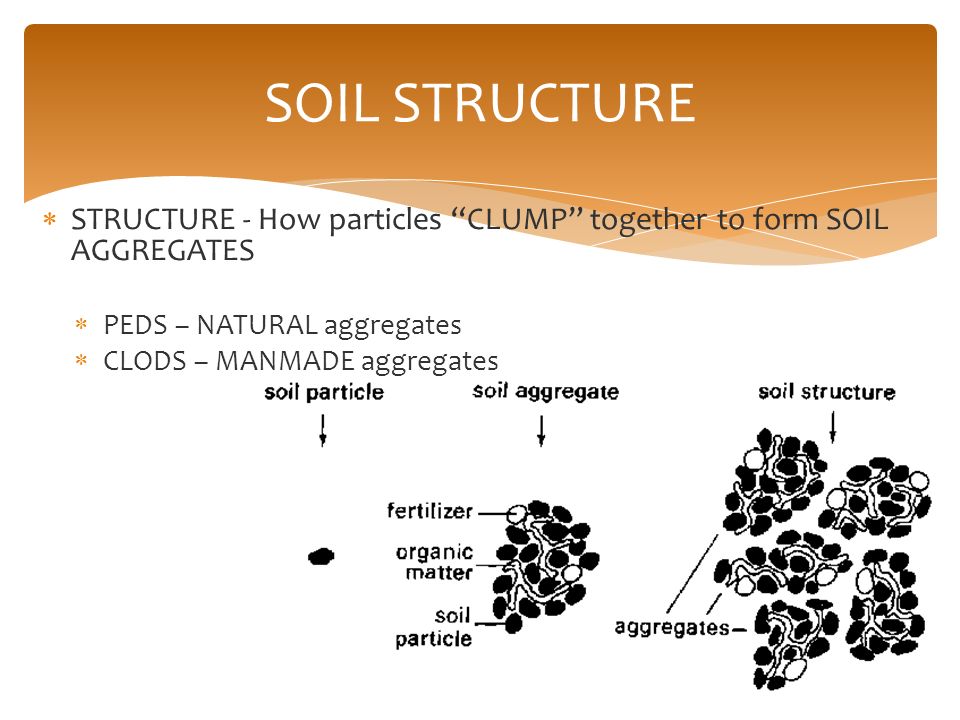
• Fedor Ushakov (1745–1817), Russian military commander, admiral, died 205 years ago. Commander of the Black Sea Fleet (1790–1792). Under his leadership, victories were won in the Kerch naval battle (1790), the battles near Tendra Island (1790) and Cape Kaliakria (1791). Canonized by the Russian Orthodox Church.
• Stefan Zorian (1890–1967), Soviet writer, died 55 years ago. Nast. name Stepan Arakelyan. Author of the novels The White City, The Armenian Fortress, King Pap, the stories The Chairman of the Revolutionary Committee, The Library Girl, etc.
• Bing Crosby (1903–1977), American singer and actor, died 45 years ago . Nast. name is Harry Lillis Crosby. First performer of songs I Don't Stand a Ghost of a Chance with You, White Christmas, Gone Fishin' (with Louis Armstrong) and others. Starred in the films Go Your Own Way (Oscar; 1945), “Village Girl”, “High Society”, etc. Laureate of the Prize. Cecil B. DeMille (1960), Grammy Lifetime Achievement Award (1963).
• Sergei Ilyin (1906–1997), Russian footballer, Honored Master of Sports (1940), died 25 years ago. Seven-time champion of the USSR (1931–1940), winner of the USSR Cup (1937) in football. He played for the Moscow FC TsDKA (1929–1931), Dynamo (1932–1945). Four-time champion of the USSR (1935–1952), multiple winner of the USSR Bandy Cups.
• Bela Rudenko (1933–2021), Russian and Ukrainian opera singer (soprano), People's Artist of the USSR (1960) died a year ago. Soloist of the National Academic Opera and Ballet Theater of Ukraine named after T. Shevchenko (1956–1973), soloist (1973–1988) and artistic director of the opera company (1995–1999) of the Bolshoi Theatre. She performed leading roles in the operas Ruslan and Lyudmila by Mikhail Glinka, La Traviata by Giuseppe Verdi, Iolanta by Pyotr Tchaikovsky and others. Laureate of the USSR State Prize (1971).
• 14 October. Moscow. The ceremony of presenting the National Award in the field of martial arts "Golden Belt" is planned.
Demand for firewood in Europe breaks records
- Author Irina Silenko
- 1179
Cold weather is approaching, and against the backdrop of the unfolding energy crisis in the European Union, its inhabitants are looking to the world's oldest fuel.
Demand for firewood is skyrocketing due to gas shortages, writes Bloomberg. They are confidently becoming a popular commodity, because approximately 70% of European heating comes from natural gas and electricity, and supplies from Russia have declined sharply. The cost of "firewood" is also growing. In France, for example, prices per ton of wood pellets have almost doubled to 600 euros. Meanwhile, Hungary has banned the export of pallets, and Romania has introduced restrictions for 6 months on the cost of firewood. Nick Snell, chief executive of British firewood wholesaler Certainly Wood, says:
"We're back to the old days when people didn't heat the whole house.
They sat around the fire, used the heat from the stove or open fire, and went to bed. There's going to be a lot more of that this winter."
The main problem for many Europeans is the intention to make their home warm in the coming months in any way. The Swedish Environmental Protection Agency has expressed concern that people can burn anything they can get their hands on in stoves and fireplaces. They warn of high levels of pollution when people burn wood, but do not know how to do it correctly. The agency warns that particulate matter can enter deep into the lungs and cause strokes, heart attacks, and asthma. The risk is especially high in urban areas.
The employees of the German National Association of Chimney Sweepers also faced the inexperience of the population. They've been getting a lot of orders lately for connecting new and old stoves, and customers are asking about... burning horse manure and other non-standard fuels.
In the EU there are also signs of excessive buying of firewood.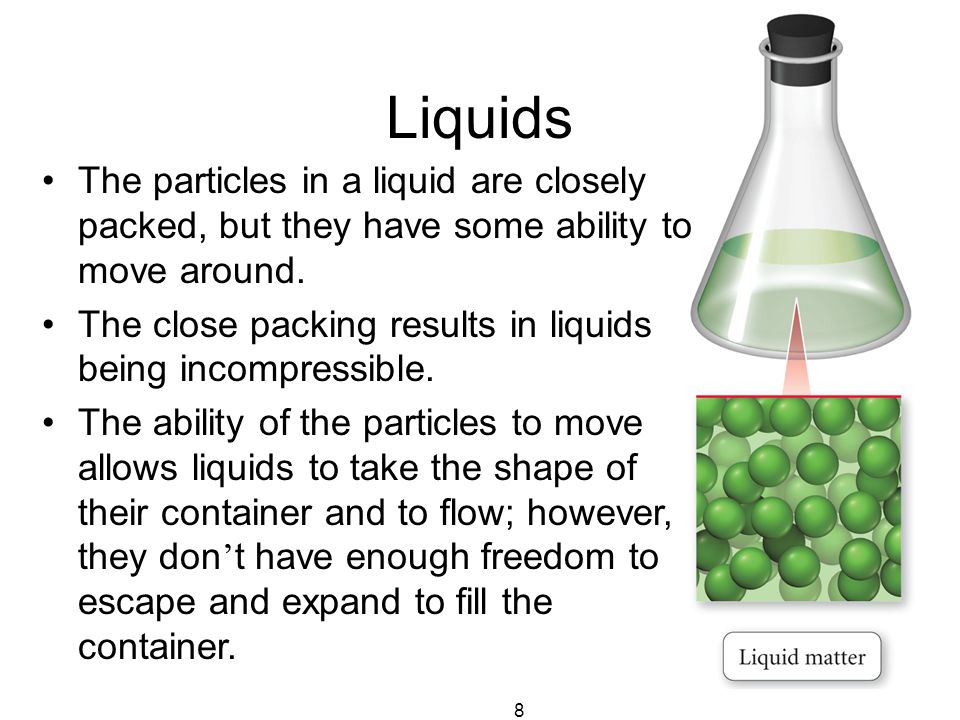 A French company that produces chimneys and woodfuel, for example, noted, according to European Truth, that some customers buy two tons of wood pellets, although less than one ton is usually enough to heat a house for a year.
A French company that produces chimneys and woodfuel, for example, noted, according to European Truth, that some customers buy two tons of wood pellets, although less than one ton is usually enough to heat a house for a year.
Members of the European Union on Thursday approved a Council regulation on "emergency intervention to address high energy prices." The EC told the Commonwealth member countries that they must further reduce gas consumption in order to survive the winter and proposed several measures to reduce the price of blue fuel.
At the same time, as our publication reported, the EU leaders have not found a way out of the energy crisis, according to the German state TV channel Das Erste, commenting on the summit of the European political community held in Prague:
“No decision has yet been made on the issue of the gas cap: various models must be tested before the next meeting. Somewhere it must surely be - a clarification.
Read Athens News on Google News (click 'Subscribe')
Tags: Firewood, heating, a crisis, energy,
Athens News asks for your support!
Dear readers, before the outbreak of hostilities in Ukraine , our publication existed mainly due to advertising , mainly from Google.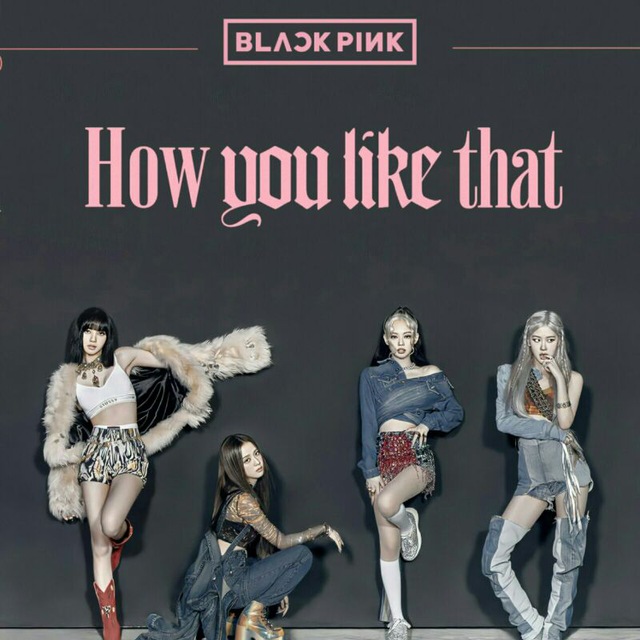 However, due to the war in Ukraine and the sanctions imposed against Russia, Google disabled monetization for users from the Russian Federation, as a result of which we lost more than 50% of revenue, which put us in a rather difficult situation.
However, due to the war in Ukraine and the sanctions imposed against Russia, Google disabled monetization for users from the Russian Federation, as a result of which we lost more than 50% of revenue, which put us in a rather difficult situation.
Please, if possible, donate to our publication any amount you can afford .
We have created a special PayPal account for this.
You can pay for the subscription by QR code:
Or by clicking on this button:
/ Phone account Beeline, MTS, Tele2)
0005
- Eurobank: - 0026.0200.430106055945 (IBAN GR3802602000000430106055945 SWIFT EFGBGRAA)
- Εθνική Τράπεζα της Ελλάδος-155677059-24 (IBAN GR6701101550000015567705924 swift trapesas bic ethngraa)
- Τράπεζα Πειραιώς - 5126-035164-032 (IBAN GR8201721260005126035164032 PIRBGRAA)
Considering that Greek banks charge a commission of 3.



